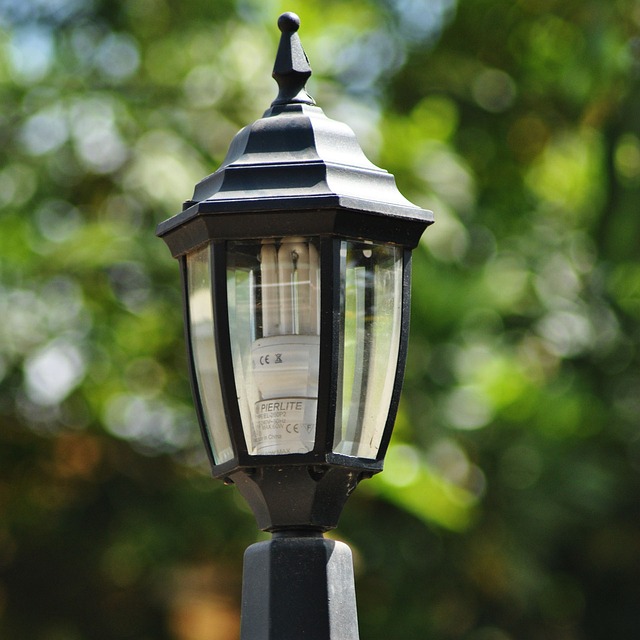Commercial lighting and design in Eugene, Oregon, are essential for transforming spaces, improving customer experiences, and boosting business image. Skilled designers use strategic placement of various lighting types (LED, fluorescent, halogen) to enhance aesthetics, functionality, and ambiance while considering space architecture. A thoughtful approach integrates energy-efficient fixtures, adjusts brightness and color temperature, and adheres to local regulations, ensuring safety and aesthetic harmony. Regular maintenance, including cleaning, smart controls, inspections, and repairs, optimizes efficiency and longevity.
“Elevate your Eugene, Oregon business with strategic commercial lighting installation. This comprehensive guide unravels the intricacies of lighting and design, empowering local businesses to make informed choices. From understanding basic lighting principles to navigating regulatory hurdles, we explore essential factors like energy efficiency and aesthetic appeal. Learn how expert design can transform your space, attract customers, and ensure compliance. Get ready to illuminate your success with the perfect lighting system.”
- Understanding Commercial Lighting: A Basic Guide for Eugene Businesses
- The Role of Lighting Design in Enhancing Your Oregon Business Space
- Choosing the Right Commercial Lighting System: Factors to Consider
- Navigating Permits and Regulations for Lighting Installation in Eugene, OR
- Top Tips for Maintaining Efficient and Effective Commercial Lighting
Understanding Commercial Lighting: A Basic Guide for Eugene Businesses
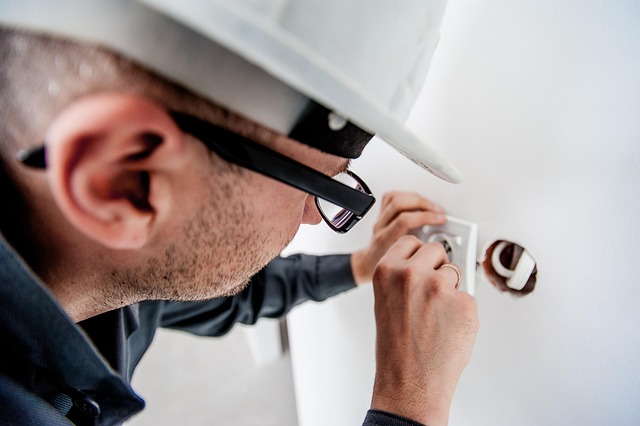
Commercial lighting goes beyond mere illumination; it’s an art form that can transform any Eugene, Oregon business space. It’s a powerful tool to enhance aesthetics, improve functionality, and even influence customer behavior. Effective lighting and design can create inviting atmospheres, highlight products or services, and contribute to the overall success of a company.
When considering commercial lighting installation, businesses should explore various factors. This includes understanding different lighting types (like LED, fluorescent, or halogen), their energy efficiency, and how they interact with the space’s architecture and design. A well-thought-out lighting strategy can create balanced, evenly distributed light that avoids harsh shadows, ensuring every area serves its intended purpose. It also allows for flexibility, accommodating future changes in business needs and trends in lighting technology.
The Role of Lighting Design in Enhancing Your Oregon Business Space
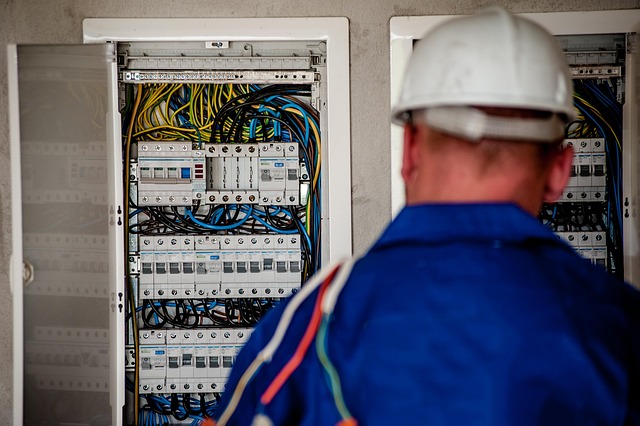
Lighting and design play a pivotal role in transforming any commercial space, and your Oregon business is no exception. It’s more than just illuminating an area; it’s about creating an ambiance, improving functionality, and enhancing the overall visitor experience. Skilled lighting designers understand this, using strategic placement, various lighting techniques, and modern design principles to bring spaces to life.
By integrating thoughtful lighting and design, your business can elevate its image, boost customer satisfaction, and even increase productivity. Whether it’s a vibrant retail store or a sleek office space, the right lighting scheme can draw attention to key features, create visual hierarchy, and set the desired mood. This is especially crucial in Oregon, where varying natural light conditions throughout the year call for adaptable and efficient artificial lighting solutions.
Choosing the Right Commercial Lighting System: Factors to Consider
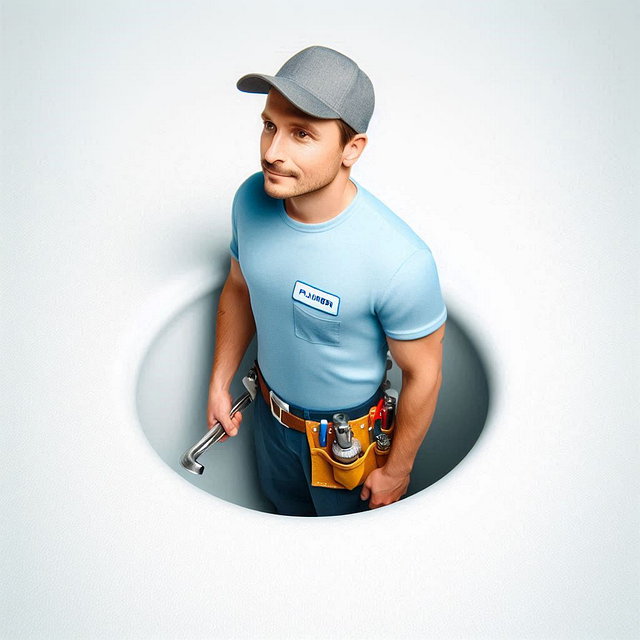
When considering a commercial lighting installation in Eugene, Oregon, choosing the right system involves several key factors. First and foremost, the design of your space plays a crucial role. Whether it’s an open-plan office, retail store, or warehouse, understanding the layout, ceiling height, and natural light availability is essential for selecting efficient and effective lighting solutions. For instance, task lighting may be optimal for work areas, while general illumination is suitable for broader spaces.
Additionally, energy efficiency, durability, and maintainability are significant considerations. Modern LED technology offers long-lasting performance and reduced energy consumption compared to traditional incandescent bulbs. Opting for lights with adjustable brightness and color temperatures allows for flexible ambiance and can enhance the overall lighting and design of your commercial space.
Navigating Permits and Regulations for Lighting Installation in Eugene, OR

Navigating permits and regulations is a crucial step in any commercial lighting installation project in Eugene, Oregon. The city has specific guidelines to ensure safety, energy efficiency, and aesthetic harmony within its urban landscape. Lighting designers and installers must familiarize themselves with local building codes, zoning ordinances, and environmental protection measures before breaking ground. This process involves submitting detailed plans outlining the proposed lighting design and its impact on surrounding areas.
Permits from relevant departments, such as the Building Department and Planning Division, are required for any construction or modification to existing structures. These permits ensure that the lighting installation complies with safety standards, including electrical wiring regulations and emergency lighting requirements. Additionally, Eugene’s commitment to sustainable practices may influence design choices; energy-efficient lighting solutions and environmentally friendly materials could be mandated or encouraged to align with the city’s green initiatives.
Top Tips for Maintaining Efficient and Effective Commercial Lighting
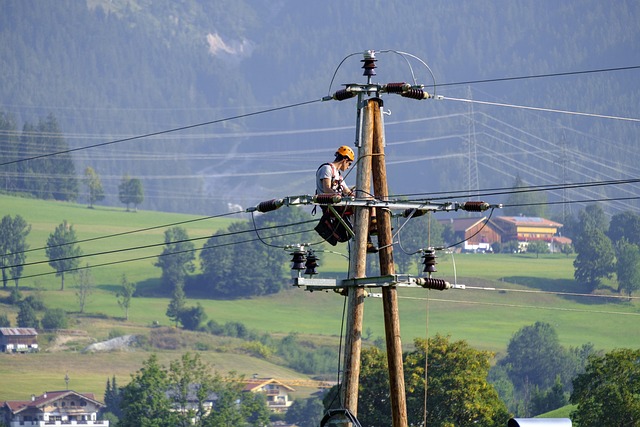
Maintaining efficient and effective commercial lighting in Eugene, Oregon, goes beyond simple turning on and off lights. It involves a strategic approach that considers both functionality and aesthetics. First, lighting and design should complement each other; well-designed lighting enhances spaces while ensuring optimal visibility. Regular cleaning of fixtures and lamps is crucial to prevent dust buildup, which can reduce light output.
Second, utilize smart lighting controls to adjust brightness and timing according to occupancy and natural light availability. This not only conserves energy but also ensures consistent illumination levels throughout the day. Regular inspections are vital to identify any faulty components promptly, preventing potential safety hazards and ensuring the longevity of your commercial lighting installation.
